How Can I Prevent Athletic Injury?
One of the most popular questions I get from athletes as a Physical Therapist is, “How can I prevent injury?”
This question sits particularly high in the minds of both athletes and parents of young athletes this year with the COVID-19 pandemic shutdowns causing extended periods of time off from the action. As a result, the 2021 season of sports has been predicted to have one of the highest injury rates. While, there is not one key secret to prevention, here are six factors you can control:
1. Cardiovascular fitness and strength
If you need to last four quarters, two halves, or finish a race - make sure you have a baseline of fitness to participate in the event in question. Also make sure you have good strength around your most used joints to protect and prevent abnormal stress.
2. Sleep
Make sure you get enough sleep. With all the external pressure of work, school, sports, extracurricular activities, social media, and more you may be cutting back on your sleep to keep up with everything on your plate. Feeling tired affects your mind, body, and inhibits your recovery. The goal for optimal performance is 7-9 hours a night, consistently.
3. Hydration
Make sure you are well hydrated. A basic goal is to drink half your body weight in ounces of water. This amount may vary based on your body composition, activity level, environmental factors (heat, humidity), and diet. Try to drink enough water to keep your urine light yellow to clear.
4. Proper nutrition
A well balanced diet will give you the proper fuel to sustain the demands put on your body by your sport(s) and event(s). As athletes you usually need something easy to grab on the go, but try to think healthy, try nut butter with veggies/fruit, trail mix, or an energy bar. A balanced diet of proteins, fats, and carbs will give you the best chance to perform your best.
5. Proper sport specific warm-up
A proper warm-up should include athletic movements you’re about to perform, get your heart rate up, and increase your body’s core temperature. The warm-up should build in intensity starting with dynamic stretches (part-full range of motion), crawls, arm and leg swings, multidirectional running/shuffling, jumping, hopping, and skipping.
6. Do not over-train
COVID-19 put a hold on your sports practices and games, so it’s hard to control your ramp up. This year you may deal with multiple sports at one time, multiple practices per day, and be asked to perform at your prior level of play without the usual ramp up time in the pre=season. This may build significant fatigue and lead to injuries. Just, remember that physical therapy can be part of your athletic injury prevention plan. A physical therapist can evaluate and assess you for any limitations in mobility, muscular imbalances, and quality of movements, then recommend a proper training program that’ll lead to better outcomes.







